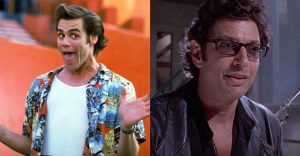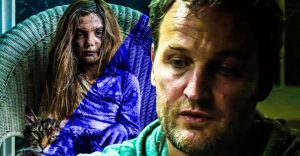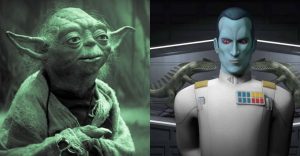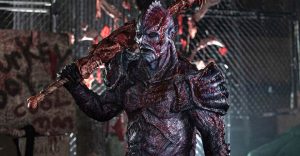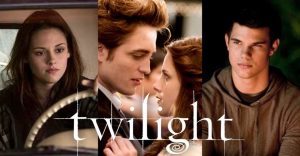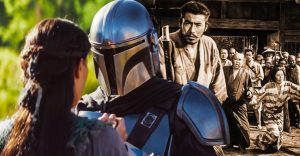Maleficent & 9 More Disney Characters You Never Knew Were Queer-Coded
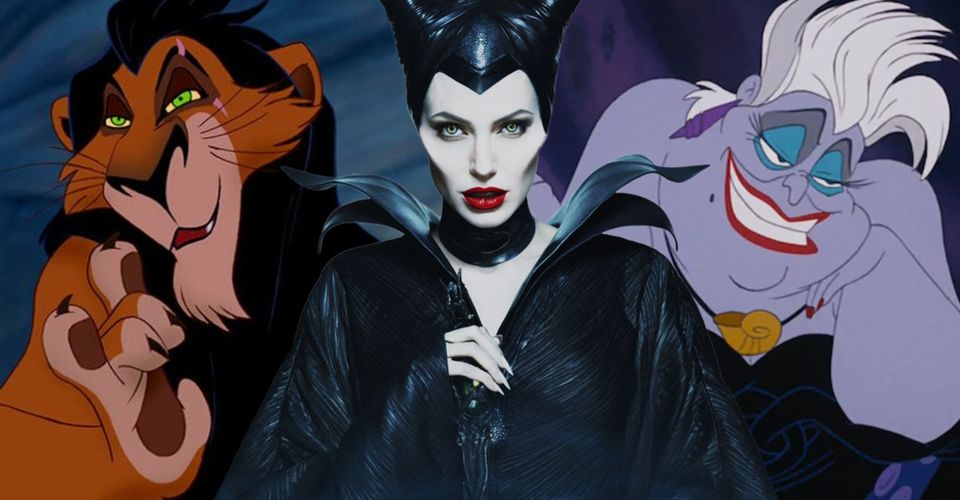
For a long time, Hollywood could not explicitly depict LGBTQ+ characters, and so queer characters were portrayed as a composite of various stereotypes, which is a practice known as queer-coding. Unfortunately, almost all of these queer-coded characters were villains since dominant American culture of the early 20th Century was unwilling to accept queer people in heroic roles.
With that in mind, Disney villains are notorious for being queer-coded. In fact, an ongoing dialogue within LGBTQ+ communities is the influence Disney villains had on enabling young people to process their own sexualities. Now that queer people can finally enjoy proper representation, it is worth looking back and noting some of the major Disney villains who were queer-coded.
10 Ursula (The Little Mermaid)

The sea witch Ursula is a classic example of a queer-coded character. While all of the merfolk in the film have their human anatomy below the waist replaced with fishy parts, Ursula’s lower half is a mass of writhing phallic tentacles. Interestingly, Ursula is based on the late great drag queen Divine of Pink Flamingos fame, who was once described by People magazine as “The Drag Queen of the Century.”
Many of Ursula’s fashion sensibilities were lifted directly from Divine, such as her eyelashes, love of extravagant jewelry, and even her figure. Unfortunately, Divine passed before even getting to see The Little Mermaid, though those close to him say that he’d have loved Ursula. As her song says, “Darling it’s better down where it’s wetter take it for me!”
9 Ratcliffe (Pocahontas)

Ratcliffe is a great example of a fop: an effeminate man from the Early Modern period who was fashion-obsessed and prone to traditionally feminine affectations. Dressed in flamboyant shades of fuchsia with pink accents and ribbons in his hair, Ratcliffe is not so much coded as he is strutting proudly across his ship’s deck surrounded by English seamen.
It doesn’t help that the naval life is often mocked as being inherently homosexual due to the fact that only until recently, pre-dominantly male naval crews didn’t get to interact with women for a long stretch of time. Ratcliffe would be a lovable rogue if he wasn’t such a genocidal monster.
8 Jafar (Aladdin)

The Kingdom of Agrabah was never a real place, but it appears to be loosely based on the Abbasid Caliphate during the Golden Age of Islam, where queer society flourished in such places as the ringed city of Baghdad, Iraq. As such, it should be no surprise that Jafar is queer-coded.
Beyond the not-so-subtle symbolism of all his power being located in a magic phallus (i.e. his staff) and his obsession with the young handsome Aladdin, Jafar is voiced by Jonathan Freeman in a manner that drips with stereotypical sass. Jafar’s fixation with Aladdin can be read as problematic today, though, since it inadvertently conflates homosexuality to pederasty.
7 Scar (The Lion King)
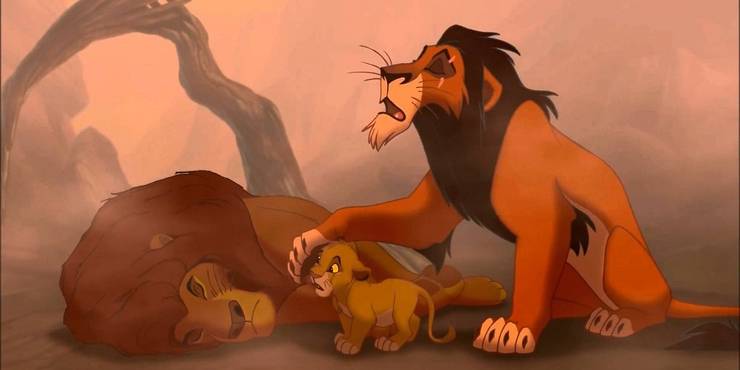
Scar may be a lion, but the way he struts with swaying hips and shows off a well-groomed mane proves that the King of the Animals can very well be a queen. Seriously, Scar doesn’t even have proper hands, yet those paws of his have limp wrists, which is a common gay stereotype.
The catty antagonism that makes Scar such a compelling villain in the original Lion King was unfortunately stripped away in the recent self-serious live-action remake in favor of a generic schemer with a grudge. This denied the new Scar of his flamboyant presence and power, despite now being voiced by the incredibly talented Chiwetel Ejiofor.
6 Maleficent (Sleeping Beauty & Maleficent)

Maleficent is not quite obvious an example of queer-coding as others on this list, but she is one of the original queer-coded villains. Disney’s Sleeping Beauty was released in 1959 and inherited the film traditions of the time. The ways ’50s Hollywood depicted queer characters influenced Maleficent’s characterizations, and she in turn influenced Disney villains ever after.
Her hard-lined masculine build, phallic horns, and severe personality are meant to be un-feminine and thus evil, contrasting the heroine’s maiden-like innocence. In short, Maleficent is a fallen woman. In the live-action Maleficent films, Angelina Jolie takes this to new extremes with a femme aesthetic right out of a Gothic fairytale, though it’s now framed in a sympathetic anti-hero’s light rather than an overtly villainous one.
5 Captain Hook (Peter Pan)

There are few characters quite so foppish as Captain Hook, a man whose effeminate wig, feather cap, and sassy swaying style of body language all are rooted in gay stereotypes. He also lives with his same-sex life-mate, Mr. Smee. And like Ratcliffe, Captain Hook is also a man of the sea.
From the curls of his waxed mustache to his iconic hook, nothing about the Captain is straight. He is also obsessed with capturing a young boy, Peter Pan, once more correlating being gay (or at the very least being effeminate) with pederasty in an insensitive manner highly similar to the problem that Jafar represents.
4 Hades (Hercules)

The Greek Lord of the Underworld practically sashays through his kingdom, his limp wrists moving in melodramatic gesticulations. He wears lipstick, and bites or curls his lip throughout the film.
In a not-even-remotely-subtle bit of symbolism, his hair is literally flaming. For those unfamiliar, “flaming” often used to describe queer people who are especially flamboyant. Still, this take on Hades is more culturally sensitive and respectable than the other queer-coded characters on this list.
3 Doctor Facilier (The Princess & The Frog)

Truth be told, The Princess and the Frog was always going to be transgressive, given the zoophilic narrative of the original fairytale. The villainous Doctor Facilier, though, is controversial for a number of reasons, not least of all because his design appropriates imagery associated with the Haitian Voodoo Ioa (read: deity) Baron Samedi.
However, the fancily dressed Facilier quite literally leans into gay stereotypes by arching his back and wearing skin-tight shirts to accentuate his physique. Also, like other villains on this list (specifically Jafar and Ratigan), Facilier can’t help but grip his powerful cane/phallic source of power melodramatically.
2 Ratigan (The Great Mouse Detective)

The criminal overlord Ratigan plots to overthrow the Queen and make himself the ruler of Mousedom. To put it another way, Ratigan aims to put himself “on top” by becoming the next “queen.” Beyond his basic villainous scheme, Ratigan’s style and mannerisms are so queer-coded and over-the-top that they demand their own musical solo.
Oh, he has one? And it begins with him fixing his hair and flipping his wrists? Of course, it does! Ratigan is not the only queer-coded character in The Great Mouse Detective, as his nemesis Basil is infused with some notably queer subtext. The two definitely seem to have some chemistry together, which led to a lot of fanart and shipping from the fandom.
1 Shego (Kim Possible)

Some people forget that Kim Possible was a Disney show, but no one can forget such an amazing villain as Shego. Admittedly, fans have debated whether or not Shego was originally intended to be queer-coded, but it is not hard to see how she turned out that way. This is especially obvious in her aggressively masculine attitude and the way she drops affectionate pet names like “Kimmie” and “princess” when speaking to Kim.
The line between mockery and flirtation can be difficult to define, but ambiguously gay villains like Shego have no interest in being confined by the narrow straight and heteronormative lines of mainstream society. As far as Kim Possible fans are concerned, Shego really had her eyes on Kim, and not just because of her villainous obligations.
About The Author










